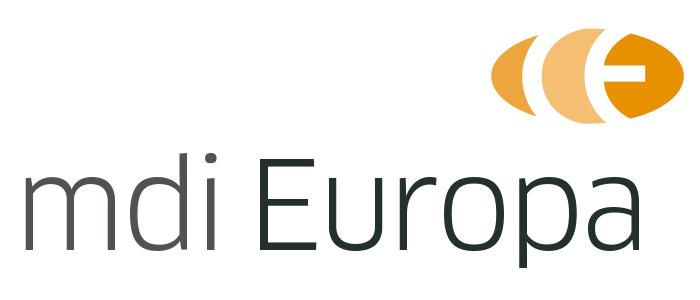A 31-page guidance document, MDCG 2022-2 on the general concept of how to collect and sustain clinical evidence for in vitro diagnostic (IVD) medical devices under Regulation (EU) 2017/746 (IVDR) has been published in the context of the coming date of application of the new regulation on 26 May this year.
The document emphasises that performance evaluation should be an on-going process to produce and sustain the clinical evidence required to support an IVD medical device’s intended purpose and that a lifecycle approach must be introduced which involves clinical evidence being updated right through the device’s lifecycle.
The guidance also describes how to compile, generate and record the supporting data for an IVD medical device and declares that risks and risk control procedures should be reflected in the performance evaluation process for the device in keeping with an up-to-date lifecycle approach.
MDCG 2022-2 stresses that risk classification is not the only feature which influences the level of clinical evidence required. As a general rule, scientifically substantiated conclusions should be made by using a systematic and explicit appraisal of date that supports decisions made and conclusions reached regarding sufficient clinical evidence.
Manufacturers are highly encouraged to carefully review the guidance document.
Source: Medtech Insight (an Informa product), European Commission





